I like the compositions. You need to use more developer - it got a bit thin at the ends in the corners.
Yes, for these I did use less developer as I thought I was using too much before as the soaking pad at the end got very wet, so I'll return to previous.
Re film leader, Post -It notes great idea , I keep on forgetting about that material for hacks. What I have done now is use a piece of plastic and a strip of very low tack masking tape. I'm going to make a pod sandwich out of thicker acetate sheet as the floppiness makes it tricky to keep everything in place and aligned. Must also remember to clean the top sheet after processing.








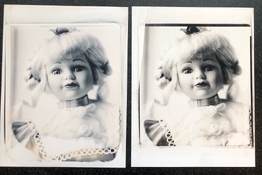
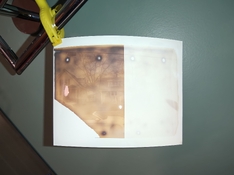
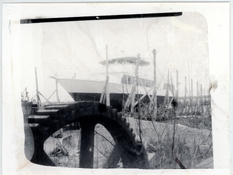
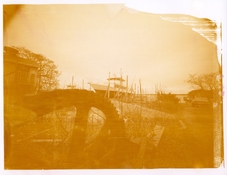
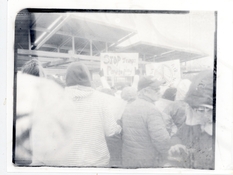
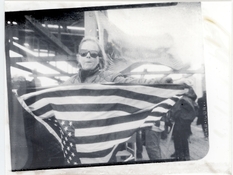
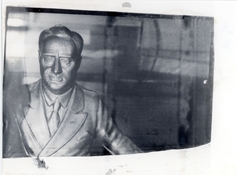


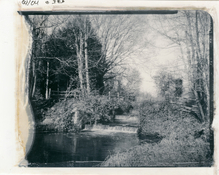
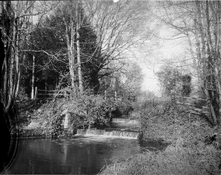
 )
) 